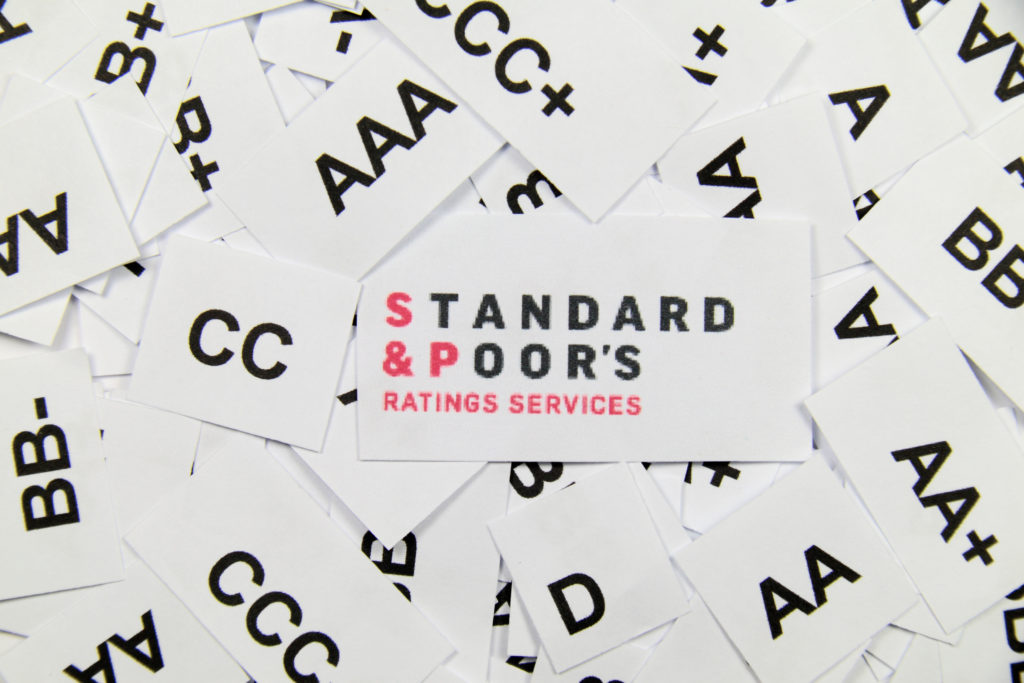Key economies in the Caucasus and Central Asia are recovering on the back of strong commodities-led external demand and strengthening domestic demand as COVID-19-related restrictions are eased, S&P said.
“We expect growth will moderate past 2022 as external demand and commodity prices stabiliase, the pace of cyclical recovery weakens globally, and domestic macroeconomic support measures are withdrawn,” the agency said in a report.
It said that several risks to the recovery remained relevant, including if pandemic consequences linger, persistent inflation and higher interest rates, a change in current commodity price trends, and geopolitical tensions.
Below are the report’s key takeaways:
– Caucasus and Central Asian states share key weaknesses, notably low economic wealth levels, weak institutional frameworks, and limitations on monetary policy flexibility. Key strengths lie with the energy producers, which see ratings support from hydrocarbon endowments and generally enjoy relatively stronger fiscal and external positions.
– The energy transition creates short-term opportunities and long-term risks for producers in Central Asia and the Caucasus. The upside–with Kazakhstan as an exception–is that the region’s exposure to coal is limited and a large proportion of power generation comes from lower-emitting gas. Kazakhstan, Turkmenistan, Uzbekistan, and Azerbaijan are large natural gas producers, where low domestic regulated prices help address social issues and support local industries. On the other hand, national oil companies will probably face long-term risks
and might struggle to find partners to develop new projects. Moreover, hydrocarbons produced in the region are relatively weak in terms of environmental footprint and many countries could face pressure in sensitive sectors as they try to raise the low gas prices their economies rely upon.
– We expect banking sectors in the Caucasus and Central Asia to continue recovering from pandemic-related stress, supported by the rebound in economic growth and a gradual return of economic activities and social mobility. In most regional markets, we expect asset quality to stabilise, supporting sector profitability. However, the downside to our forecast remains. A prolonged period of supply chain disruption and slow restoration of international travel and trade might have a negative impact on the economic recovery. Vaccination levels in the region are lagging and diverging widely, indicating that the pace of recovery might be uneven. Furthermore, regional banking sectors are facing rising inflationary pressures that might eventually lead to tightening of current financing conditions, which could hurt weaker borrowers and impede asset quality recovery.

